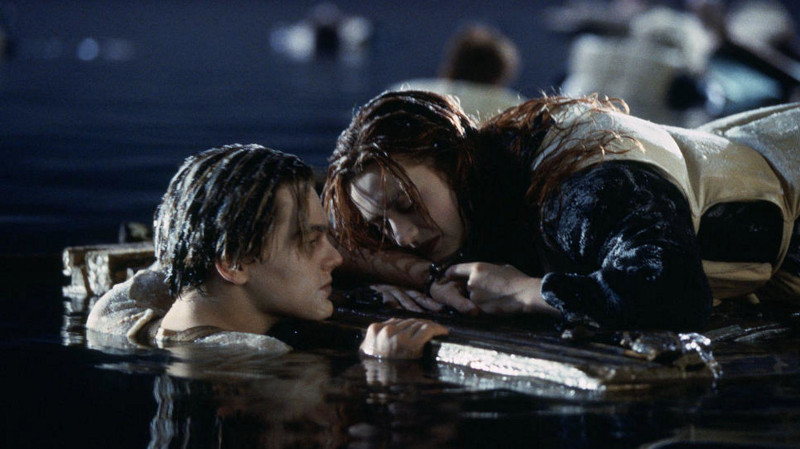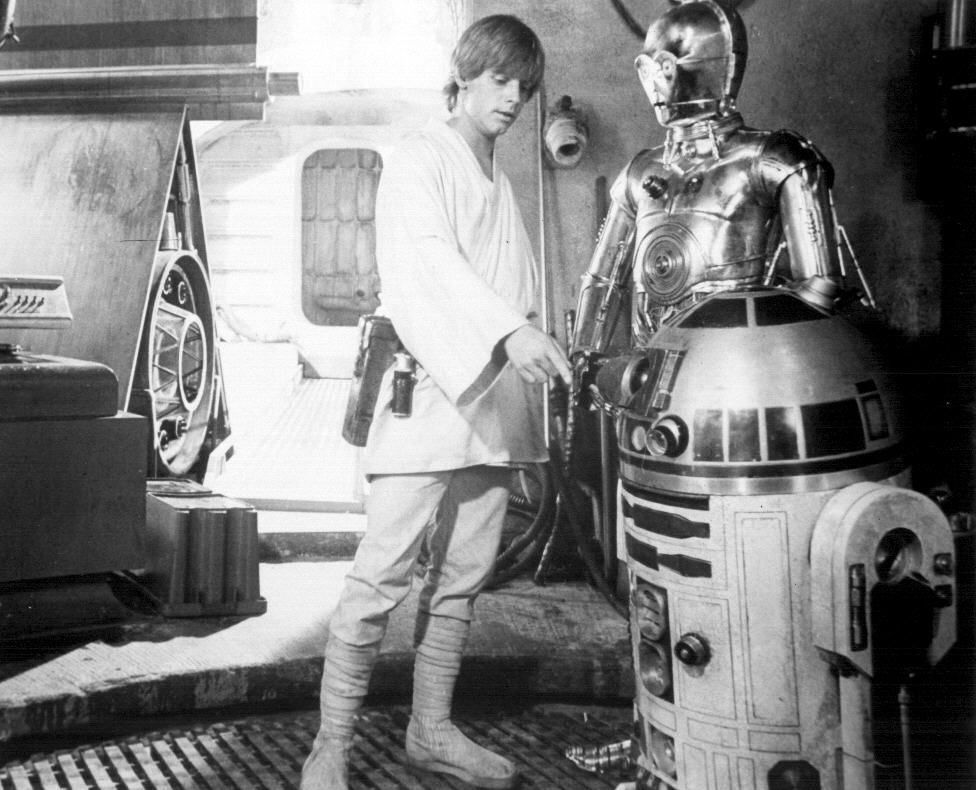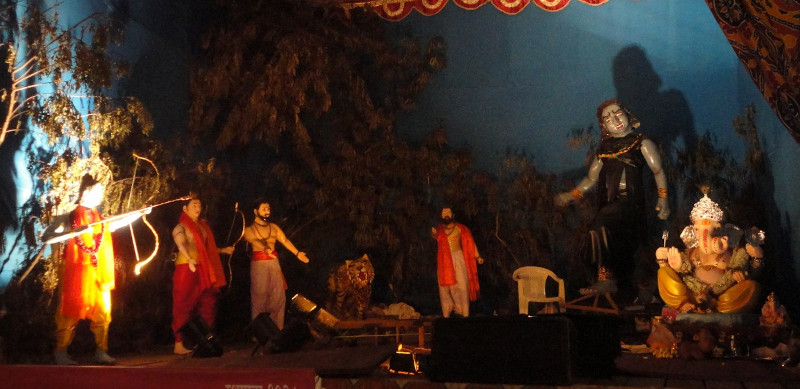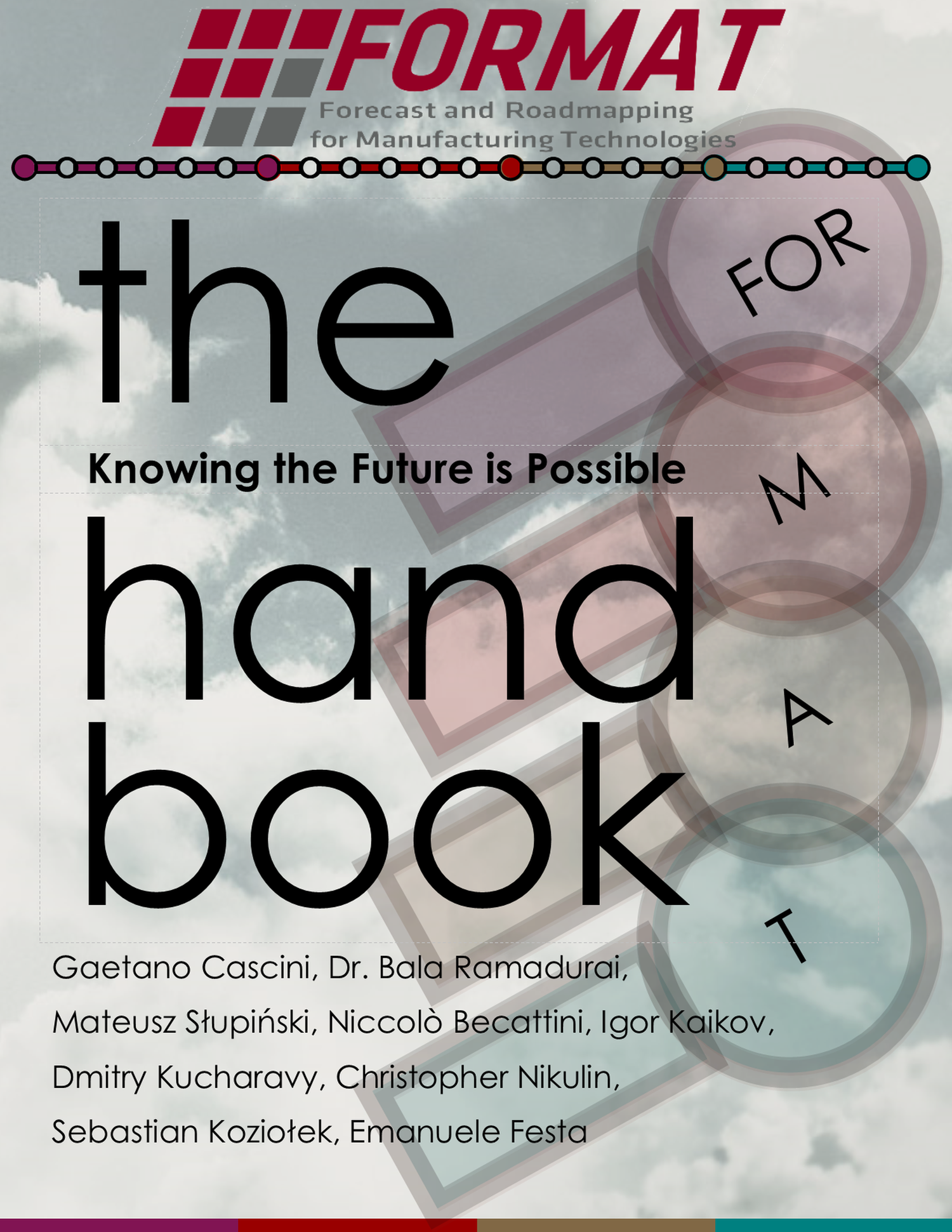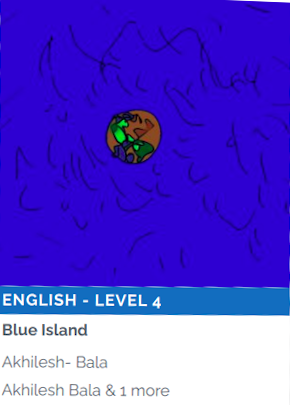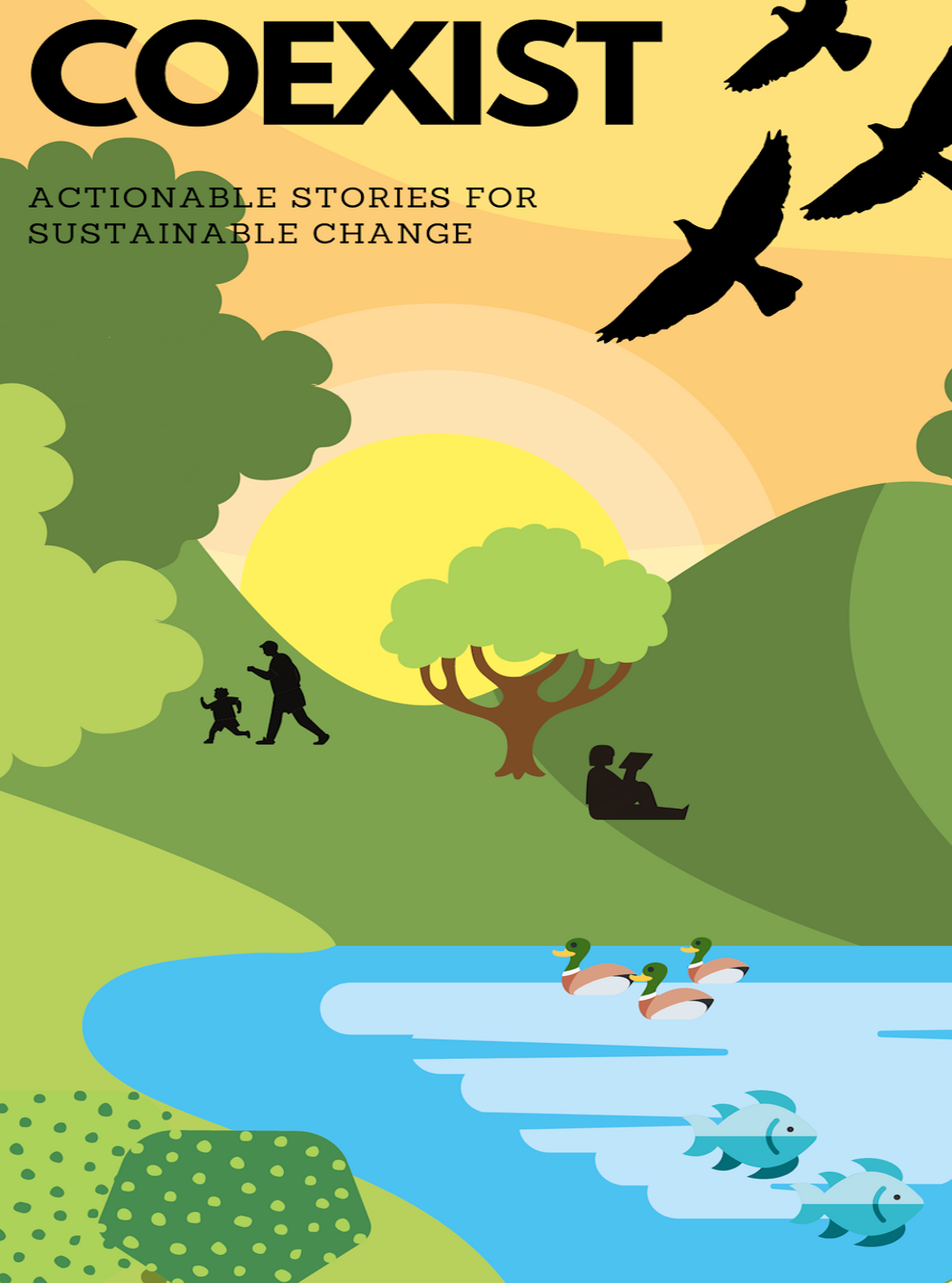COEXIST - Actionable Stories for Sustainable Change - S - Support of friend/mentor - gone
“What are friends for?” this is a rhetoric you would hear from your friend when they help you in your hour of need. Awesome!
But in your story, if you want the hero to struggle the most and you want their best to come out, remove the support of their best friend/mentor. This is when the hero realizes that the power is within them.
Let’s recap. In the COEXIST storytelling method, we
- chose a hero and an issue in step C;
- wrote our grand story in one-line in step O;
- made our hero “get out” of their comfort zone in step E;
- gave them an external threat for them to battle in step X;
- moved the hero from reaction to action in step I;
- and now we are about to remove the help of their best friend.
Let’s go back to the stories that we have been tracking.
In Finding Nemo, Marlin and Dory reach Sydney and the dentists’ place only to find Nemo “dead”, Marlin’s worst fear. Marlin finding his son again, now has to fight his paternal instinct to be protective and let his son be.
In The Matrix, Neo and Trinity reach the military installation and rescue both Morpheus and Trinity only to find Agent Smith in battle, Neo’s worst fear. Neo finding Agent Smith again, now has to fight his instinct (and advice from his fellow officers) to run away and fight back.
In Titanic, Rose and Jack (after rescuing Jack and after the Titanic sank) reach a place of safety on a piece of wreckage, only to find Jack dead, Rose’s worst fear. Rose finding Cal again (on the Carpathia), now has to fight her instinct of looking for support and fight her way back in life.
How do you perform the step of S - support of friend/mentor gone?


